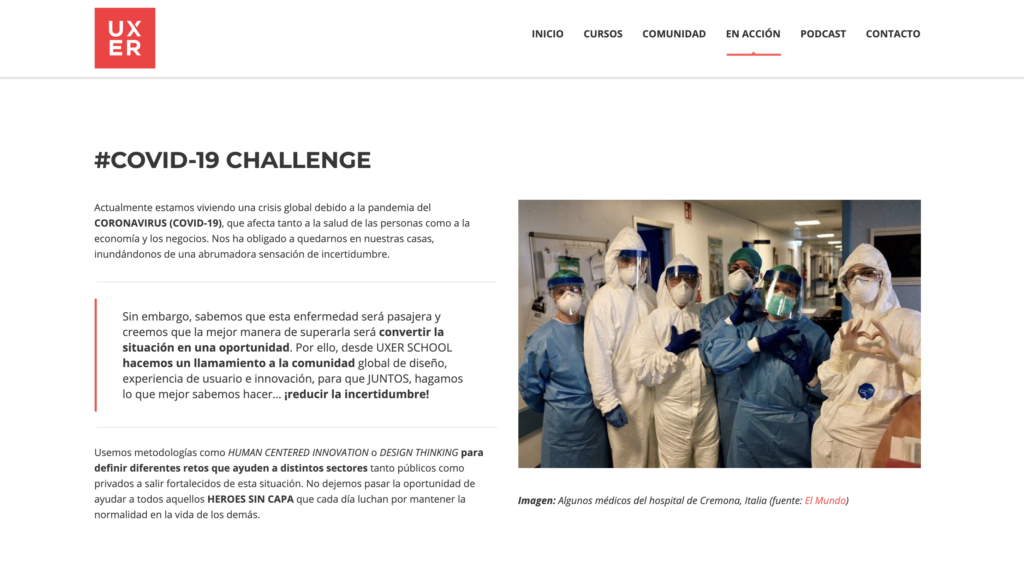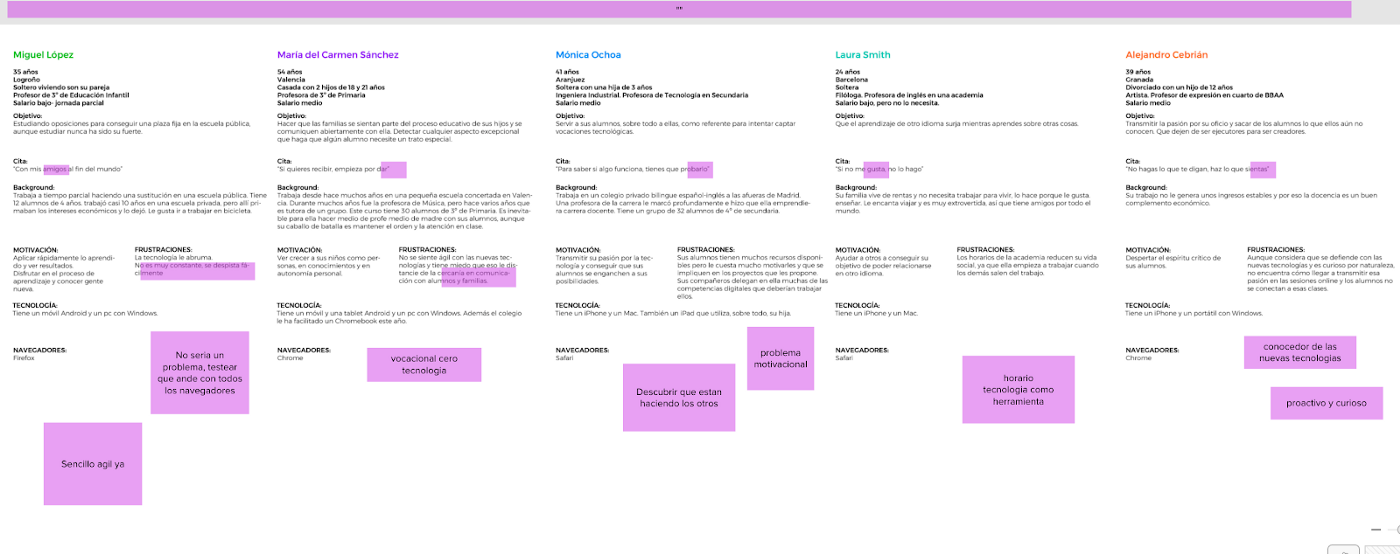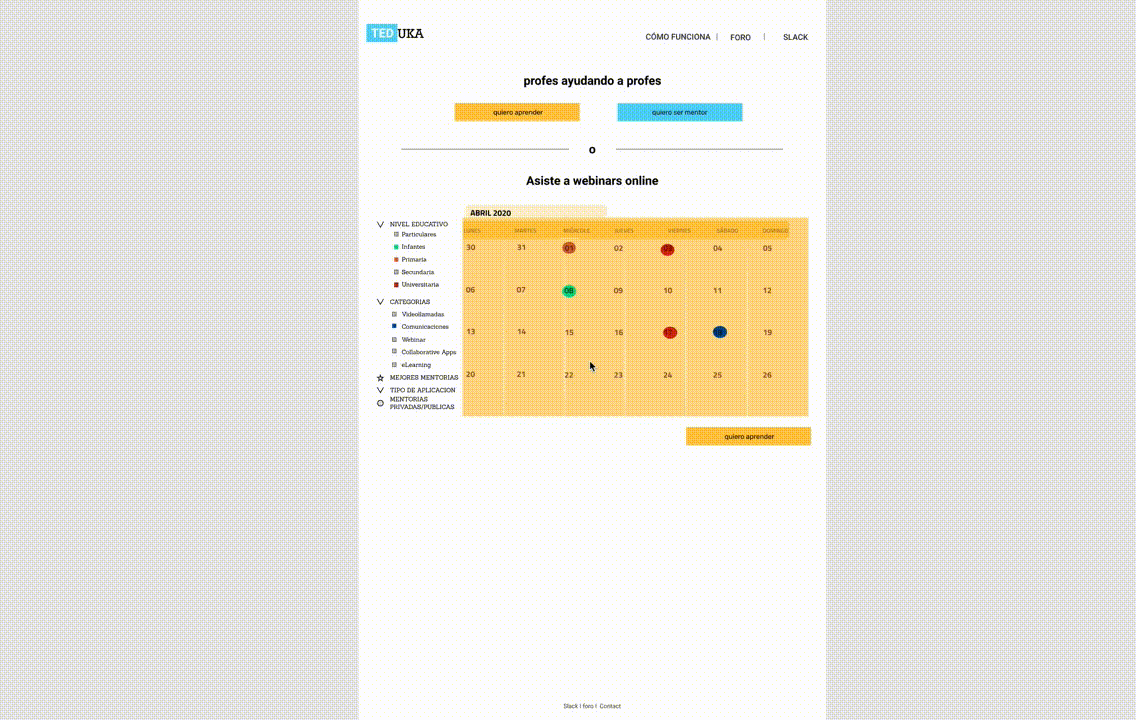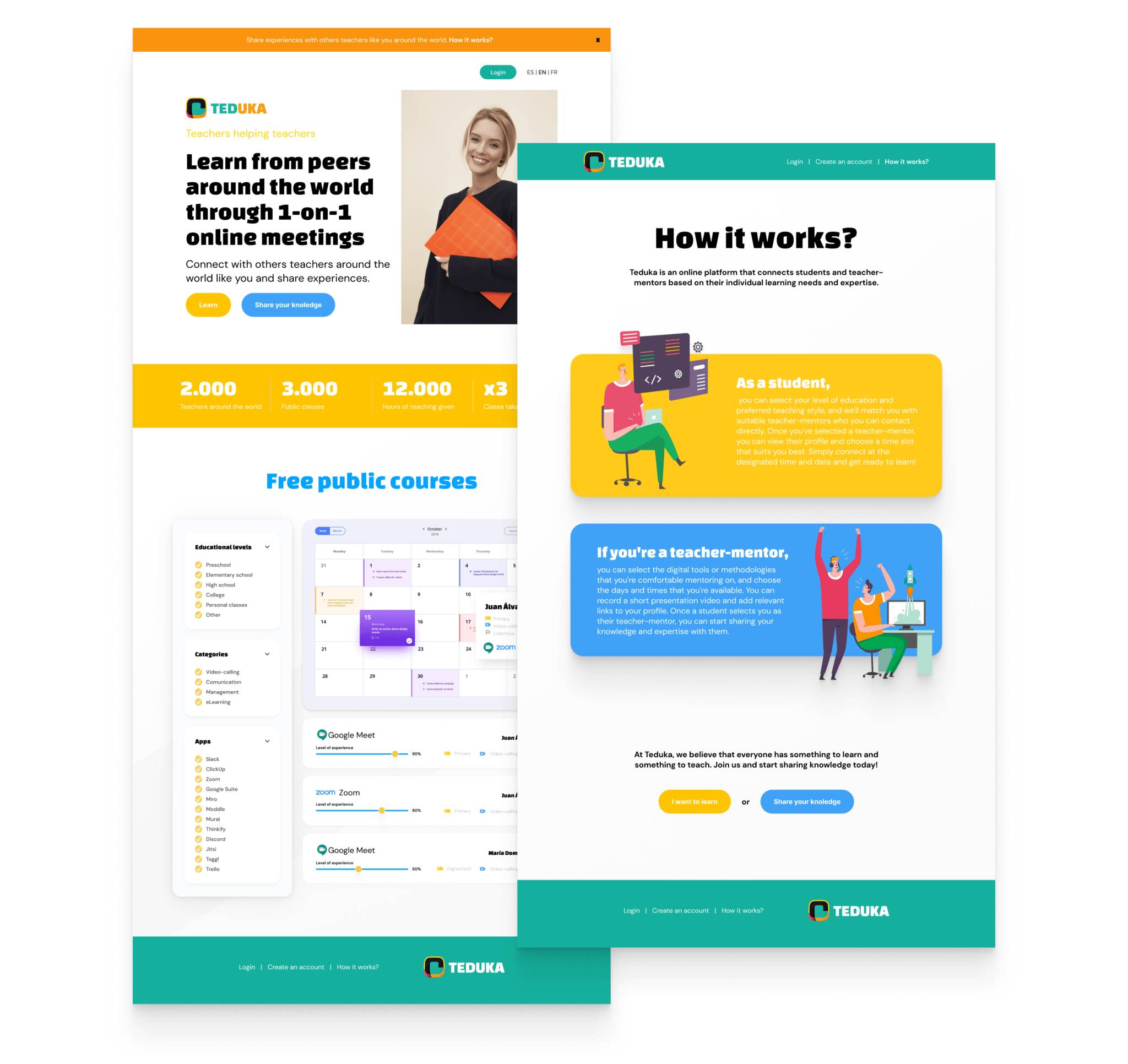Teduka
When teachers needed each other most, Teduka brought them together
Teduka is a collaborative web platform designed to connect teachers across borders during the COVID-19 pandemic. By enabling mentorship, shared experiences, and peer support, it empowers educators to navigate uncertainty together and build a resilient global teaching community.
The problem
The pandemic forced teachers into a digital world overnight — often with little guidance, tools, or support. While education went virtual, many educators found themselves isolated, overwhelmed, and underprepared to navigate this new reality.
Teduka was born from a simple idea: teachers understand each other best. By connecting educators globally, the platform turned a moment of disconnection into a space for mentorship, collaboration, and shared resilience.
The solution
The solution wasn’t to reinvent the tools — it was to reimagine the support system. Teduka connects teachers who teach similar subjects across different regions, allowing them to mentor one another, share best practices, and grow together.
Instead of building new infrastructure, we focused on facilitating connection — using platforms teachers already trusted to accelerate adaptation, reduce friction, and bring human connection back to digital learning.
UXER Challenge
The COVID-19 pandemic disrupted lives on every level — from personal health to global economies. Amid that uncertainty, UXER SCHOOL launched a five-week challenge, calling on the design community to come together and respond with empathy, creativity, and action.
The goal: reduce uncertainty through meaningful, human-centered solutions.
🧠 Design as a response to crisis
🤝 Collaboration across borders
🧩 Human-centered innovation under pressure

Research
Understanding the gap between analog and digital teaching was key to defining the solution. We engaged 160 teachers through surveys and interviews to identify where the transition was failing — and where design could make a difference.
The results highlighted critical issues: too much time spent figuring out tools, not enough training, and very little space for collaborative learning among peers.
📐 Research shaped the mentorship-based model
📱 Most teachers struggled to choose and apply the right tools
🤝 Peer-to-peer learning emerged as the most trusted path forward


User personas
Personas were created to make sense of a complex user landscape. From analog teachers working in low-connectivity rural areas to digitally skilled educators in urban settings, we mapped out needs and constraints that would influence the platform design.
These profiles helped identify the tools they needed most and the challenges they faced in adopting them — informing both UX decisions and content prioritization.
🎯 Personas guided interface simplicity and language tone
📊 Differences in internet quality, school type, and group size shaped priorities
🔍 Five tool types emerged as core learning areas: webinars, video calls, messaging, e-learning, and collaboration

Brainstorming
We imagined what would truly motivate a teacher overwhelmed by new technology. Could it be a fun daily challenge? A clue game that rewarded exploration? Or maybe just the chance to speak with another teacher who gets it?
The clue game stood out — playful, educational, and immersive. But given time constraints, we focused on what we could build fast and well: a platform that connects educators globally, helping them meet, learn, and grow through mentorship and shared experience.
🎲 Clue game addressed motivation through playful learning
🤝 Mentorship supported teachers emotionally and practically
🚀 Final direction prioritized fast impact using existing platforms


Mockup
We translated our brainstorming into a mockup that focused on real user needs — not by building new tools from scratch, but by integrating existing ones in a meaningful way.
The prototype brought together platforms like Calendly (scheduling), Jitsi (video calls), Mural (visual collaboration), and Slack (discussion). All we needed was a space to connect them — a shared environment where teachers could find each other and collaborate.
Teachers responded enthusiastically to the idea of connecting with peers who shared their subject and grade level, eager to exchange experiences and insights.
🔗 Combined trusted tools to reduce onboarding friction
📅 Focused on real-time collaboration and scheduling
🌐 Designed a central hub for global peer interaction

Low-Fidelity
We developed a low-fidelity prototype with three core entry points: “I want to learn,” “I want to teach,” and “Public lessons.” Each path guided users through a tailored experience, using a profile-based input process to match teachers with relevant mentors or content.
The prototype also included public lesson listings, available to everyone for free, and teacher profiles showcasing external courses. We tested the prototype with 30 participants, and the response was overwhelmingly positive — especially around the mentorship experience and the global connections it enabled.
📚 Entry points designed to reduce cognitive load
💬 Public lessons reinforced openness and accessibility
🤝 Enthusiastic response around global mentorship opportunities
High-Fidelity
Before the final presentation, we iterated on the initial prototype to address usability, clarity, and accessibility. Key updates included reducing friction in the user flow, simplifying the visual system, and focusing on meaningful interactions between users.
The goal was to create a smoother, more intuitive experience: fewer categories, less visual noise, and more relevance. Public lessons were made available without login, and user profiles became central to personalization.
While we presented a polished high-fidelity version, time constraints prevented us from running additional usability tests.
🎯 Simplified flow and homepage layout
🎨 Reduced color usage for cleaner UI
👥 Focused on enabling real user interaction

Conclusions
I’m incredibly grateful to have taken part in this challenge. What began as a response to uncertainty became a deeply human experience — filled with connection, generosity, and learning.
Despite being in different countries and time zones, our team came together with a shared intention: to help teachers feel supported, seen, and empowered. We collaborated remotely using digital tools, but the most valuable part of the process was human — mutual respect, trust, and friendship.
Seeing teachers embrace the mentorship concept was powerful. The idea that someone across the world could understand your challenges and offer real support made this project feel necessary and hopeful.
To the 200+ educators who answered surveys, the 20+ who gave their time in interviews, and the institutions that made it possible — thank you.
This work is open, shared, and licensed under Creative Commons. I hope it can serve as a small contribution toward collective strength and connection in uncertain times.
Did you find this case interesting? I recommend reading the one about Jitsi UI Redesign to see how UI could impact user adoption.